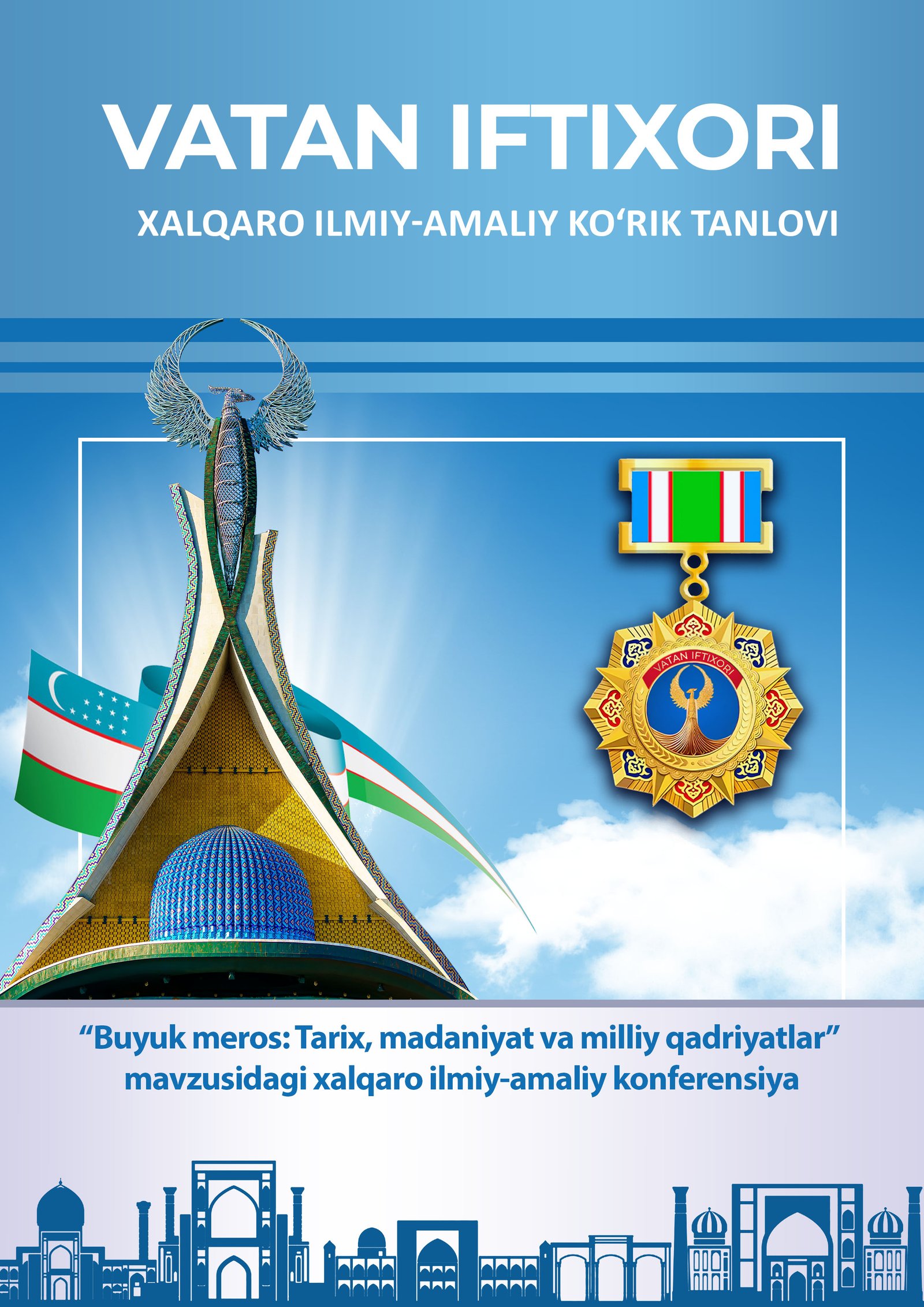THE ROLE OF INFORMATION TECHNOLOGY IN ENHANCING ENGLISH LANGUAGE TEACHING
Keywords:
Information technology, English language teaching, digital tools, e-learning, pedagogy, student engagement, language acquisition, information competencies, educators, learning, learning technologies, culture and ethics of working with information, critical thinking, professional development.Abstract
This article explores the integration of Information Technology (IT) in English language teaching, highlighting its transformative impact on philology, student engagement, and learning outcomes. It examines the tools, strategies, and challenges associated with IT adoption in English classrooms, emphasizing its role in fostering a dynamic and interactive learning environment. The article concludes with recommendations for educators and policymakers to maximize the benefits of IT in language education. Information technology makes it possible to eliminate one of the most important reasons for a negative attitude towards learning – failure caused by a lack of understanding of the essence of the problem and significant gaps in knowledge.
References
1. Chapelle, C. A., & Jamieson, J. (2008). *Tips for Teaching with CALL: Practical Approaches to Computer-Assisted Language Learning*. Pearson Education.
2. Warschauer, M., & Healey, D. (1998). Computers and language learning: An overview. *Language Teaching*, 31(2), 57-71.
3. Blake, R. J. (2013). *Brave New Digital Classroom: Technology and Foreign Language Learning*. Georgetown University Press.
4. Stockwell, G. (2013). Technology and motivation in English-language teaching and learning. In E. Ushioda (Ed.), *International Perspectives on Motivation: Language Learning and Professional Challenges* (pp. 156-175). Palgrave Macmillan.
5. Kukulska-Hulme, A., & Shield, L. (2008). An overview of mobile-assisted language learning: From content delivery to supported collaboration and interaction. *ReCALL*, 20(3), 271-289.
6. Godwin-Jones, R. (2011). Emerging technologies: Mobile apps for language learning. *Language Learning & Technology*, 15(2), 2-11.
7. Hubbard, P. (2009). *Computer-Assisted Language Learning: Critical Concepts in Linguistics*. Routledge.
8. Pegrum, M. (2014). *Mobile Learning: Languages, Literacies, and Cultures*. Palgrave Macmillan.
9. Richards, J. C., & Rodgers, T. S. (2014). *Approaches and Methods in Language Teaching*. Cambridge University Press.
10. UNESCO. (2020). *Education in a Post-COVID World: Nine Ideas for Public Action*. UNESCO.
11. Danilchuk Е.V. Information culture of a teacher: methodological prerequisites and essential characteristics / Е.V. Danilchuk // Pedagogy. – 2003. – № 1. – pg. 65– 73.
12. Ivanova L.F. Innovative conditions for the development of teacher professional competence / L.V. Ivanova // Innovations in education. – 2003. – № 4. – pg. 69–80.
13. Bedulina G.F., Kivlyuk L.A. Information and methodological support for ideological work in general educational institutions; a manual for teachers of general educational institutions. Bedulina, G.F.

